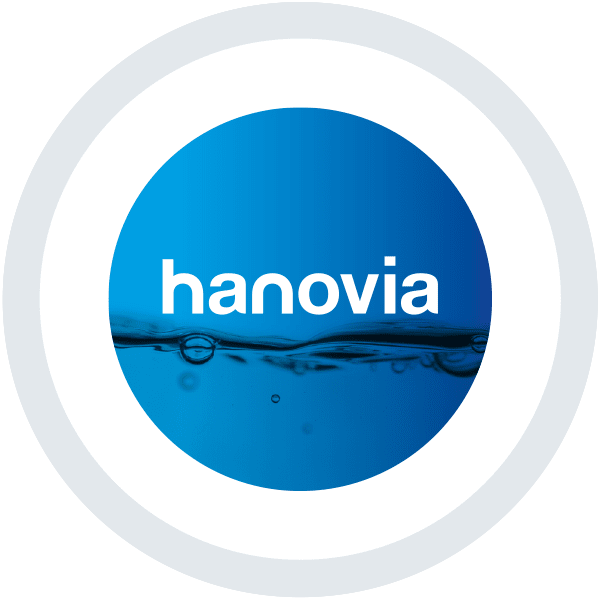Todays Technology Can Protect Shrimp From Harmful Disease
By: Brian Grochowski
There are five viral pathogens of penaeid shrimp listed by the World Organization for Animal Health.
IHHNV also knowns as Penaeus stylirostris densovirus (PstDNV) was the first reported virus to affect the commercial shrimp industry. Reported in 1980 in blue shrimp from Hawaii, it has since been reported in many Pacific islands as well as in South America, Southeast Asia, the Middle East and Australia.

While IHHNV was the first reported, it does not claim the top spot for the most serious of the disease-causing viruses in shrimp aquaculture. White spot syndrome virus or WSSV wears the heavy weight belt when it comes to a virus that can decimate entire farms. This rapidly replicating virus can reach a 100% infection rate within 2-7 days and has been detected in a wide range of species, such as lobsters, crayfish, crabs, caridean shrimps, coleopterons, rotifers, copepods and palaemonids. In total, 93 species of arthropods have been reported as hosts or carriers of WSSV.
The virus was first reported in northern Taiwan in 1992 and rapidly spread to most Asian countries. The first case in America was reported in a South Texas shrimp farm in 1995. How the virus reached America is unknown however, it is speculated that it was introduced through a frozen-bait shrimp product. The virus has since been reported in most major shrimp producing countries.
WSSV appears as white spots on the appendages and exoskeleton of shrimp but may also attack eggs and broodstock. A reddish discoloration may also appear. Other signs of the virus include lethargy and cessation of feeding. The virus attacks connective and epithelial tissues, hematopoietic nodules, hemocytes, gills, epidermis, stomach, striated muscles and nerves.
The virus can be transmitted several ways, most common is through the ingestion of infected tissue, which typically occurs in the form of cannibalism, where the tissue of sick or dying shrimp are consumed by other shrimp. The virus is also transmitted from direct exposure of body surfaces to virus particles in the water.
In 1997 the DNA of WSSV was isolated for the first time yet there still remains no true solution to eliminate the virus. Immunostimulants and vaccination strategies have been employed with little to no success. Studies continue on modifications to the genes of penaeids however, feasibility and cost-effectiveness have not been realized.
The successful solution employed is one of an environmental nature, where rigorous sanitation practices are followed. As a significant portal for the transmission of the virus is through water, ensuring a robust process is in place to thwart the disease is imperative. While the virus replicates rapidly, ultraviolet disinfection (UV) is a common practice to avoid the introduction of pathogens and to reduce pathogens already in a contaminated system.
In a study by The Environmental Research Laboratory at The University of Arizona, a study was conducted which “demonstrated that it is possible to eliminate the viral infectivity effects of the WSSV by treating the water with UV.
Further studies have shown that a 30 mJ dose is required, making UV an economical solution, even at large flows. UV is easily incorporated into existing pipe-works, has a small footprint and requires little maintenance and oversight.
References
https://www.ncbi.nlm.nih.gov/pmc/articles/PMC3768861/
https://thefishsite.com/disease-guide/white-spot-syndrome-virus
http://pdacrsp.oregonstate.edu/WAS/Gonzales_Alanis.pdf





 沪公网安备 31011202013557号
沪公网安备 31011202013557号